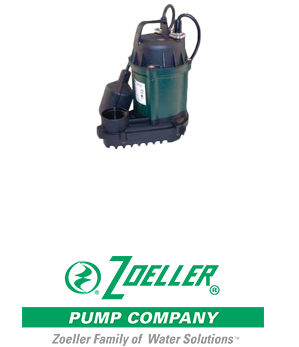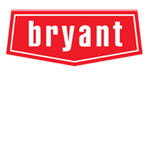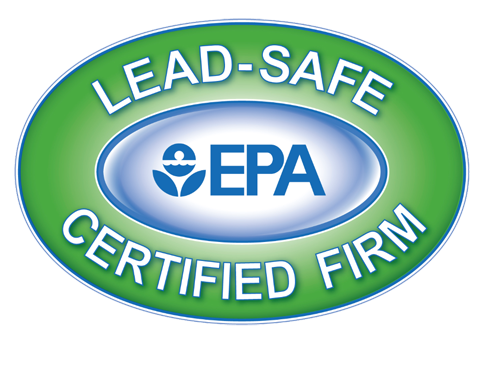Sump & Sewage Pumps

When you have residential or commercial wastewater issues, you can count on AC Services to deliver the very best solutions. Our commitment to using the best products offers you years of service and durability. We offer solutions in the following applications:
Sump Pumps
A sump pump is a small pump installed in the lowest part of a basement or crawlspace. Its job is to help keep the area under the building dry and to prevent it from flooding. Usually, sump pumps are installed in specially constructed sump pits. Water flows into the sump pit through drains or by natural water migration through the soil. The sump pump's job is to pump the water out of the pit and away from the building so the basement or crawlspace stays dry.
A sump pump usually stands in a sump pit dug in the lowest part of your basement or crawlspace. As the pit fills with water, the pump turns on. It moves the liquid out of the pit through pipes that run away from your home to a spot where the water can drain away from your foundation. The pipe usually has a one-way valve called a check valve at the pump end to keep the water from flowing back into the pit. The pump is activated through a float activator arm. The float activator works a lot like the one in your toilet tank. A buoyant ball floats on top of the water, manually moving the arm as the water level rises, tripping the pump switch on at the designated water level.
Battery Backup Sump Pumps
As the name suggests, a battery backup sump pump runs off of a battery and is not connected to the house’s electrical system. It is a second sump pump places in the same sump but at a slightly higher level than the main pump.
Why use a battery backup sump pump? Eventually all primary sump pumps fail, for different reasons:
- Power Outage - Battery backup sump pumps use battery power to activate the battery backup system during a power outage
- Stuck Float Switch - In the case of a stuck float switch, the rising water will automatically activate the battery backup system
- Primary Pump Failure - Battery backup sump pumps will automatically begin pumping in the event of primary pump failure
- Primary Sump Pump Cannot Keep Up With the Inflow of Water - Sometimes the primary sump pump can't keep up with the inrush of water, activating the battery backup system in addition to your primary pump
Water Powered Pumps
A backup option to your primary electric sump pump is a water powered sump pump. Water powered pumps contain few moving parts and do not need electricity or a battery backup. As long as you have city water (not well water) you'll have a working sump pump and a dry basement—even if the power fails.
A water powered sump pump employs the Venturi effect. It relies on it being connected to your city water and that water flowing through a constricted area within the pump. At that constriction water speed increases causing a pressure reduction. This pressure reduction literally sucks water from the sump pit. Sump water then combines with the flowing city water and exits your basement via a discharge line.
If the electricity fails so does your well and so does your water powered sump pump. In homes that use a well, a water powered sump pump is not a good option.
Sewage Ejector Systems
A sewage ejector pump, also called a sewer ejector system, is used when a bathroom, laundry room, or any other type of plumbing fixture is installed below the main sewer or septic line grade. Sewage ejector pumps are usually installed in basements. The ejector pump is part of a system that can pump both liquids and solids up into the main sewer or septic line. It is very similar to a sump pump, but specifically designed for sewage applications.
Sewage ejector pumps are meant to sit in it's own sump pit, separate from your normal waste water sump pit. Like a sump pump. when the level of waste water in the sump pit reaches a certain height, a float on the sewage ejector pump is tripped. The waste water is then pumped out of the basin and up to ground level and then out to the sewer to septic tank.
A key difference of a sewage ejector system vs. a waste water sump pump is a vent is required for a sewage ejector pump installation. The vent comes out of the sump pump and is connected into an existing vent stack or runs up and through the roof. The top of the sump pit is sealed so that no waste or smell can come out of the top of the basin when it is installed properly.
Let the experts at AC Services help explain all the details and customize a solution that's right for you.











